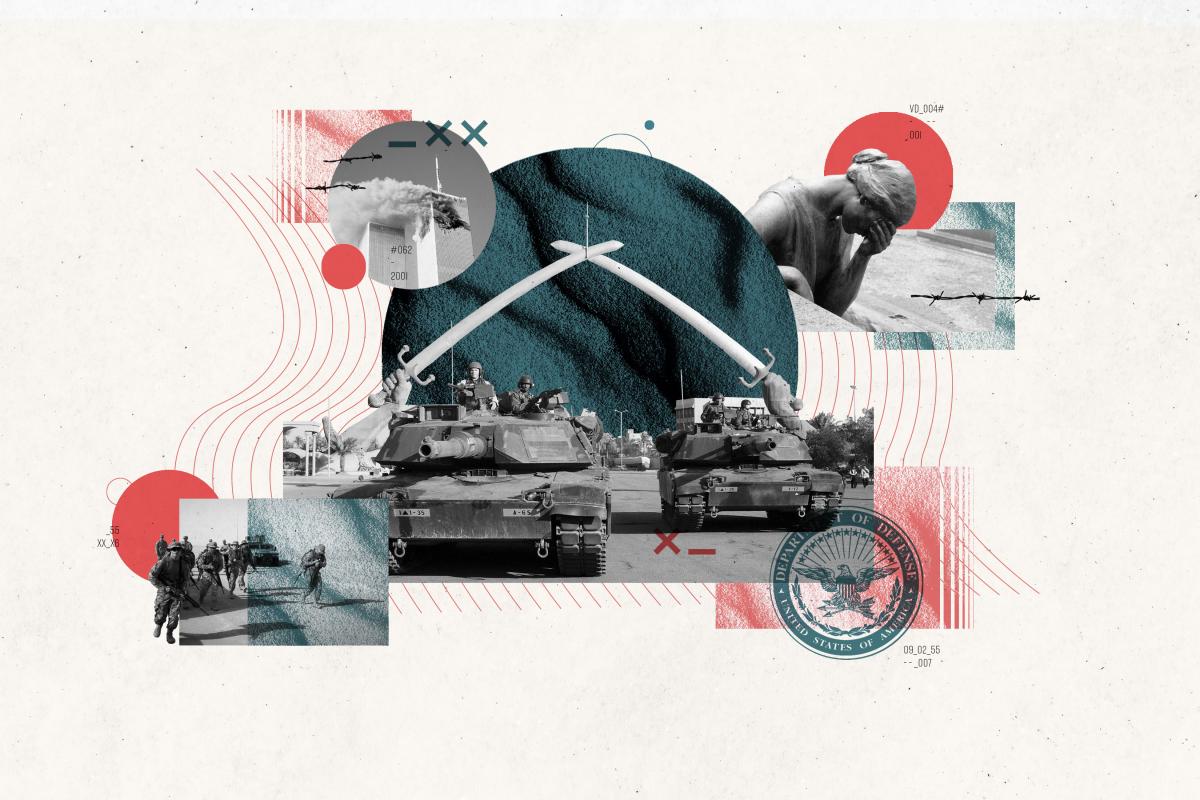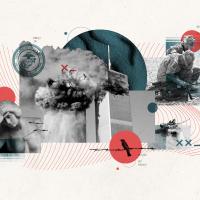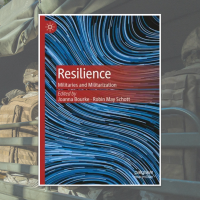
How “resilience” was deployed to fix the US military's mental health crisis
In October 2007, Col. Jill W. Chambers found herself with a heavy task at hand. Following the repeated and longer deployments of soldiers in Iraq and Afghanistan after 9/11, the US army was facing a major mental health-crisis with a staggering increase in PTSD (15.7 percent of deployed veterans were screened positive for PTSD compared with 6.8 percent over a lifetime in the general population), and a tragic increase of suicides. Chambers, herself a survivor of the 9/11 attack on the Pentagon, was tasked with finding a solution. As it happened, Chambers’ country musician husband was reading psychologist Martin Seligman’s popular science book Learned Optimism at the time. In the book, Seligman describes several practices to help people challenge their negative self-talk and cultivate a positive outlook. Chambers’ husband encouraged her to contact Seligman, which she did. And thus, somewhat by chance, a concept that would soon come to play a central role in addressing the mental health crisis among soldiers, veterans, and their families, was suddenly and without much scientific scrutiny embraced by the US military: the concept of resilience.
- When Chambers’ introduced Seligman´s theories, the top ranks in the US defence department thought it sounded like a great way to address PTSD, suicides, and the PR problem of the ongoing wars. Seligman´s theory appeared to be a package that promised to solve a lot of problems by making people more robust. If it worked, it could help people solve their own problems, and that seemed like a cheap and quick solution to the problems of trauma and suicide that the military was facing, notes Robin May Schott, who has co-edited with Joanna Bourke the new book, Resilience; Militaries and Militarization. The book explores the concept of 'resilience' in the context of militaries and militarization. Focusing on the U.S., Britain, Canada, Australia, and continental Europe, it argues that post-9/11, there has been a shift away from 'trauma' and towards 'resilience' in framing and understanding human responses to calamitous events.
A weakness of character
Trauma has a long history in the military. Around World War I, when the cases of trauma became evident in shell-shocked soldiers, trauma was seen as a weakness of character. A traumatized soldier was one who did not have a sufficiently robust (and thus “manly”) character. The underlying assumption was that if a soldier was strong in spirit, there was no situation he could not handle. This understanding changed in the subsequent decades, with World War II and the Vietnam War, when research turned to focus on the character of the event rather than a weakness of character in the soldier.
- People in death-camps were not traumatized because they had weak characters. They were traumatized because they were starved, humiliated, deprived of sleep, constantly threatened with death, punishment, and abuse. In a similar way, soldiers in war are threatened by the enemy or sometimes civilians who might or might not be hiding a bomb at a checkpoint, and they see their own comrades killed or brutally injured. How do they live with these threats and losses? Trauma is a natural reaction to extreme situations. Therefore, it is essential that we understand what it means to address the event and not individual psychology. But as Johannes Lang argues in the book, Seligman´s positive psychology operates with the older view that explains trauma in terms of weakness of character. Seligman’s theory is that if we can strengthen character, then we can at least limit trauma. He never claimed that he could eliminate trauma, but it was because of the trauma problem that his ideas found a way into the military, says Robin May Schott.
Completely disproportionate
Based on Seligman´s recommendations, the US military set up a major resilience training program to help not only the staff and soldiers, but also their wives and families.
15 years later, there is little evidence that resilience training has made any significant difference to the problems which, Chambers was tasked with solving.
- The military chose the easy fix instead of addressing the problem in the right way by consulting with trauma experts and learning how trauma affects people in the long term. The military put in place the resilience-programme without a pilot project. That is truly mindboggling. Researchers want evidence, but politicians don´t necessarily want scientific studies. They often prefer a good picture instead, something that triggers the right feeling. The fact that there was no substantial scientific evidence was just put aside, says Robin May Schott.
- It is not that there is anything wrong with some simple and familiar aspects of resilience-training, like encouraging people to share their emotions and do meaningful activities together. But the use of resilience as a programme in the military is completely disproportionate to the problems it is meant to address. It doesn´t prevent PTSD, or drug abuse, or violence, or the isolation that the wives and families of soldiers experience because of repeated relocations. It is hard to fathom how the pretty picture of being a resilient soldier could possibly address the reality of the problems that come from the perpetual wars of the last 20 years, says Robin May Schott.
Influence of primary societal institutions
One of the key themes of the book is the “militarization” of the concept of resilience. This process arises in three complementary ways. First, ‘resilience’ exerts a formidable impact on all aspect of life within the armed forces. Second, ‘resilience’ has become central in the way the armed forces project their public image. The ‘resilient warfighter’ is an example. And third, as society has become increasingly militarized since 9/11, the frames of meanings devised within military institutions, including the idea of resilience, have spread throughout society.
- Originally resilience came from economics and ecology, but today you find it in psychology, self-help culture and as part of programs taught in schools. I would not say that it is because resilience got a foothold in the military that it has now spread to all these other places. But primary societal institutions in education, religion, and the military saturate all parts of people’s lives. Our sexuality, our sense of subjectivity, our opportunities. So, if resilience gets entrenched in an institution, it can have powerful ripple effects. And resilience has become very well entrenched in the US military, says Robin May Schott.
A concept fit for crisis
Different periods have different concepts that define them. According to Robin May Schott, resilience could very well be such a concept that defines the time we are living in now.
- When we see resilience in all these different areas, I suspect it is because resilience works as a response to the crisis that we constantly find ourselves in. Climate crisis, economic crisis, wars. In this way, the critique of resilience links to a broader criticism of neoliberalism. If we are always in crisis, then we always must adapt to crisis. It becomes our job to adapt instead of criticizing or changing the system or saying no.
- Seligman has already peddled his project to be used in other institutions like hospitals and the police. He has a universal idea about how broadly his program could be applied, thinking of it as a one-size-fits all solution. But what would it mean if the criticisms we raise in the book are correct? Then resilience programs become a tool to give people “responsibility” for things they have no chance of being responsible for. And in that way, they end up being the ones who are blamed for their problems, instead of governing institutions taking responsibility and addressing the problems in an adequate way, says Robin May Schott.



